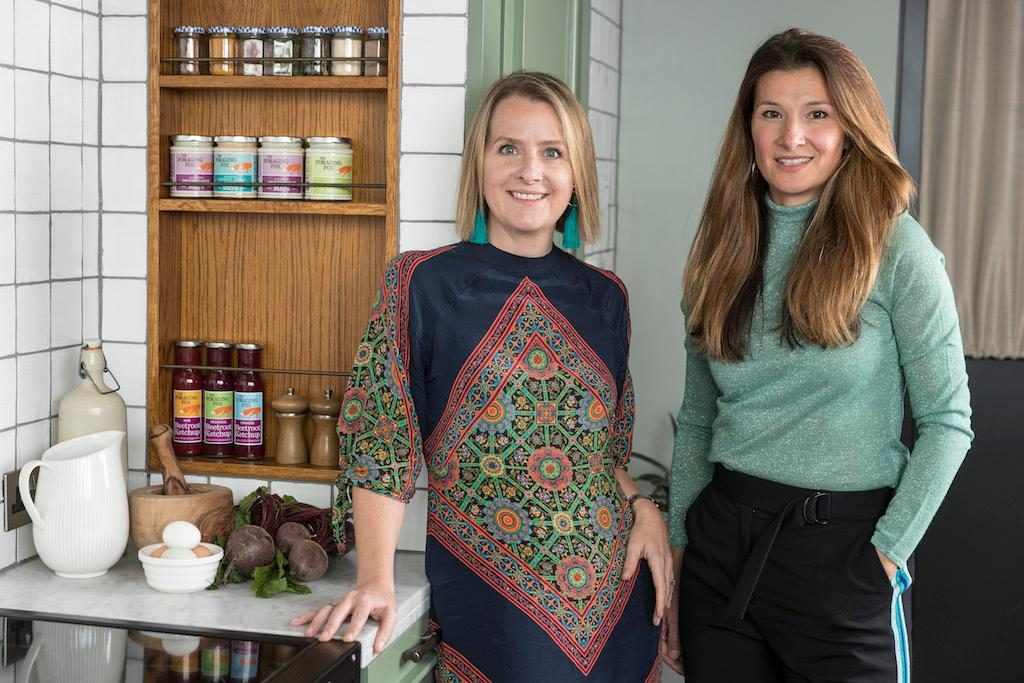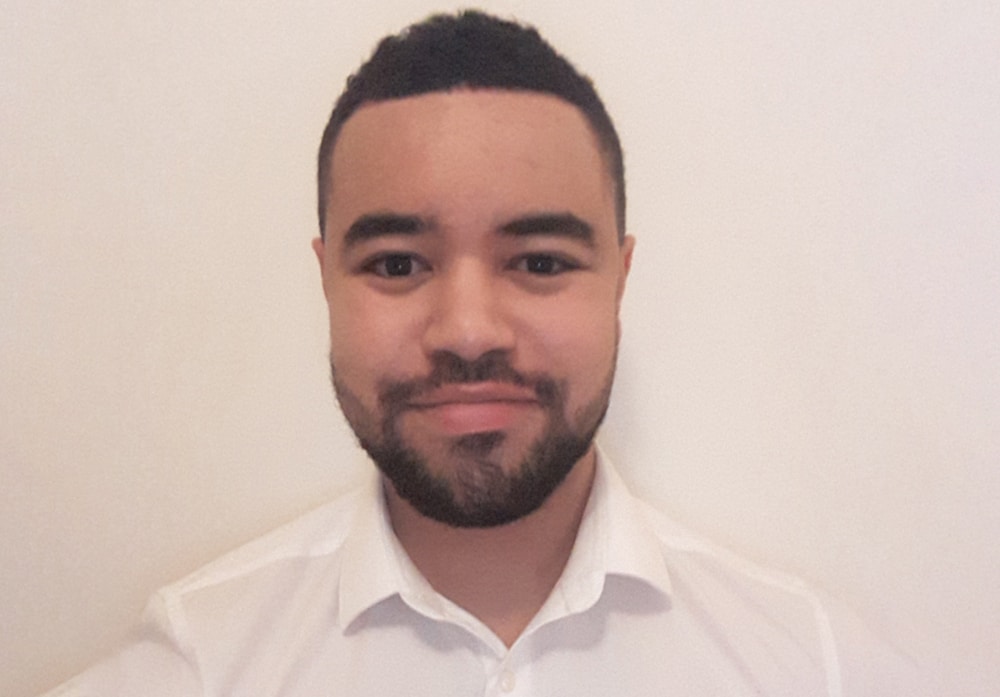LEARNING FROM THE WILDLIFE
A lot of the curriculum is based on the negative side of human impact on nature and the environment so we do not tend to think about humans interfering for good. In GCSE Biology we look at habitat destruction and the loss of biodiversity so the Wildlife Conservation Group serves as a practical reminder of how we can counteract these issues.
As a boarding school, the area in which we operate is densely populated with humans but this provides a great learning environment in which to show how we can interact and live alongside nature.
We are working with the pupils to show them that sometimes just leaving nature is not enough. You have to fight to keep a species alive or have a larger impact, whether that is small changes you can make or by being part of a wider group effort, much like we are doing with the White-letter Hairstreak butterfly.
By having a group of pupils invested in helping the surrounding environment, we hope they can leave with the knowledge that conservation is about being proactive to ensure wildlife’s survival and a heightened understanding that they can take away to practise in the world beyond Bradfield.
CONSERVATION PROJECTS
Yellow Rattles – We dug out a small area in the wild flower meadow behind the Science Centre and planted Yellow Rattle seeds. We learned about how in the past the flower has been seen as a pest but it can actually be a useful plant which helps to increase the biodiversity of the immediate surrounding area, a topic we have been studying in GCSE Biology. By weakening the grass around the plant it helps to bring through more wild flowers. It is early days for our seeds but they have begun to grow and there is a noticeably lower level of grass growth around them.
Hedgehog House – We constructed a wooden home for a growing family of Hedgehogs which have been seen in the area. We collected some fallen branches that we used to camouflage the structure in which the animals could nest in. We set up a camera trap outside the structure to monitor whether it was being used or not. So far we have seen pheasants and badgers but no hedgehogs.
Elm Trees – After learning about the Dutch elm disease, which has seen elm numbers decreasing at an alarming rate (over 60 million British elms killed during two epidemics) we took part in a wider conservation initiative to plant elm trees which have been proven to be resistant to the disease. These trees provide new habitats for the rare White-letter Hairstreak butterflys to nest, a species that we have seen in the elm by our Greek Theatre. Working as a team we planted three trees which are now part of a corridor across Berkshire so we hope to see the butterfly species flourish as these grow over the next few years.
Bird Box – We built a bird box to allow small birds to fly in and nest in a safe environment. In the box we placed a very small camera which we are hoping to use regularly to monitor any birds which are using it as a home and follow the birds as they lay eggs, watch the hatching process and study their feeding habits before they fly the nest.





